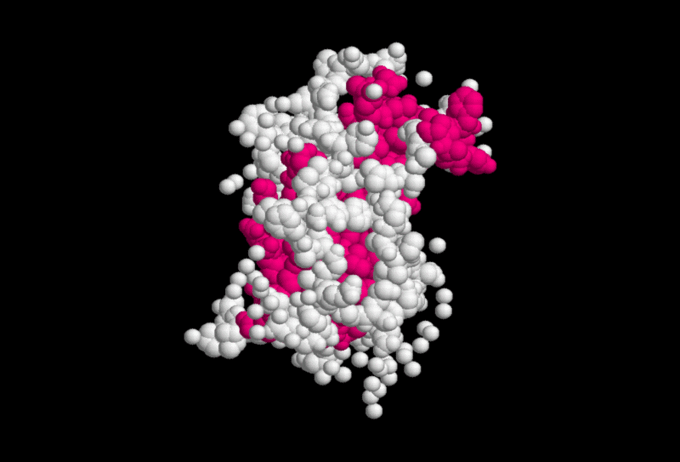The endocrine system acts as a communication tool within the human body, working in tandem with the nervous system to communicate with the body's other internal systems. Both the nervous and endocrine systems send messages everywhere inside the human body. These messages allow your heart to beat, your lungs to breathe in air, and your mind to make decisions. In the nervous system, signals travel very quickly, leading to instantaneous responses. However, within the endocrine system, signals move slowly but last longer.
Hormones
Hormones are chemicals within the endocrine system that affect physiological activity. They are secreted by one tissue and conveyed by the bloodstream to another tissue. Hormones have high levels of specificity, which means they only react with certain receptor sites in the body. The best way to describe hormones is to think of a lock and a key: only a certain hormone (lock) can create a certain response within your body's receptive tissue (key).
Hormones can be divided into four separate groups: amino acids, polypeptides and proteins, steroids, and eicosanoids. The first three groups have hormones that can have a large impact psychologically; the eicosanoids primarily regulate blood movement.
Amino Acids
- Epinephrine: also known as adrenaline; comes from the adrenal gland; affects blood pressure and other stress responses.
- Melatonin: comes from the pineal gland; affects circadian rhythm and sleep cycles.
- T3 and T4 (thyroxine): come from thyroid gland; increase metabolism.
Peptides
There are a huge number of hormones that can be categorized as peptides. Some of the ones that are most important to psychology are:
- Oxytocin: the "cuddle" hormone; secreted by the pituitary gland; affects breast-feeding, trust between people;
- Growth hormone (HGH): secreted by the pituitary gland; affects growth.
Steroids
- Steroids are frequently secreted from sexual organs. Some of the most important steroids are:
- Testosterone: produced in sex organs (ovaries, testes) and adrenal glands; sometimes called the "male hormone" (though it is present in both men and women); affects libido, muscle growth.
- Estrogen: produced in sex organs; sometimes called "the female hormone" (though like testosterone it is found in both sexes); has an entire host of homeostatic and regulatory functions.
- Progesterone: produced in sex organs, or the placenta when pregnant; can support pregnancy and has other regulatory functions.
Endocrine Glands
There are eight major endocrine glands, each with a different function.
- Pituitary gland: the "brain" of the endocrine system; regulates all seven of the other glands and secretes growth hormone.
- Thyroid: regulates a person's metabolic rate, which is the amount of energy expended daily by a person at rest.
- Thymus: assists in the development of a person's immune system.
- Adrenal gland: regulates fluid and sodium balance within the body, and secretes epinephrine ("adrenaline") when the body is under stress, producing the fight-or-flight response.
- Ovaries (in females) and testes (in males): control the development of secondary sex characteristics.
- Pancreatic islets: regulate blood sugar.
- Pineal gland: regulates biorhythms and mood, and stimulates the onset of puberty.

A molecular model of growth hormone
Growth hormone is used in hormone-replacement therapy in children.
The HPA axis
The hypothalamic-pituitary-adrenal axis (HPA or HTPA axis) is a complex set of direct influences and feedback interactions among the hypothalamus, the pituitary gland, and the adrenal glands.
The interactions among these glands constitute the HPA axis, a major part of the neuroendocrine system that controls reactions to stress and regulates many body processes, including digestion, the immune system, mood and emotions, sexuality, and energy storage and expenditure. While steroid hormones are produced mainly in vertebrates, the physiological role of the HPA axis and corticosteroids in stress response is so fundamental that analogous systems can be found in invertebrates and monocellular organisms as well.